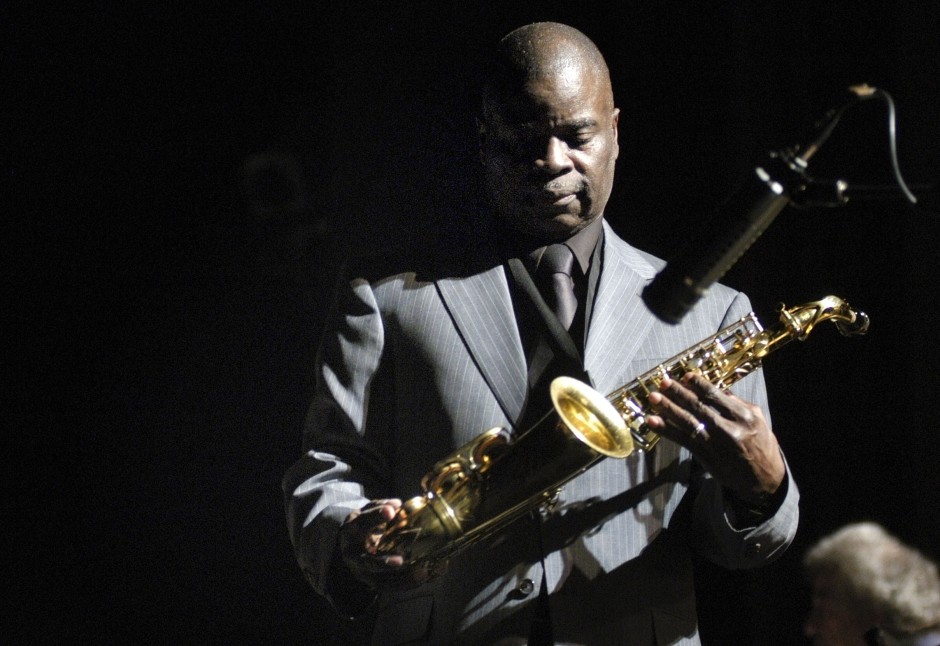
Dhe man has always seemed decidedly correct. Well dressed, often with a gray suit, tie and polished shoes, level-headed when dealing with others, polite, rather shy, a sideman par excellence. A family man without any major excesses, always on tour, but without a parasitic entourage or ostentatious status symbols.
Ironically, this Maceo Parker is said to have been jointly responsible with his saxophone for the sound ecstasy in James Brown’s “Sex Machine” in 1970 and the self-confident furor in “Say It Loud I’m Black and I’m Proud” a year earlier?
Of course, Parker never lived up to the cheap image of an endangered artist from a precarious social background in a scandal-ridden industry. In addition, he was always very good at assessing himself. If you locked him up for a jam session in a room full of jazz musicians, he would definitely be the worst of them, he once openly admitted in an interview. But he could always teach a bunch of funk musicians something.
For a long time there was a puzzle as to who was there first, Maceo Parker or Funk. An idle question. On the American East Coast, as early as the 1950s, they differentiated themselves from the aestheticizing sound of West Coast jazz through a more uncomplicated, more gripping phrasing without harmonic frills, but with a strong rhythmic emphasis. The pianist Horace Silver has created the appropriate anthem for this type of hard bop with riff formations, off-beats and recourse to blues and gospel: “Opus de Funk”. That was in 1952. Twelve years later, Brown made it a popular style, and Parker, just turned twenty-one, was one of the musical string pullers behind the scenes. It has remained so for decades, with many interruptions.
Jazz brain, funk gut
The musical public may often be dazzled by stars in the limelight. But it’s not easy to fool musicians into thinking a minor third is a flawless blue note. In the case of Maceo Parker, artists of many styles very quickly filtered out the compact saxophone sound and this high-speed energy of his staccato phrases from the James Brown sound and brought Parker into the studio alone or hired him on tours: George Clinton’s Parliament and Prince, Living Color and the Red Hot Chilli Peppers, Keith Richards or Candy Dulfer. Of course also hardcore jazz musicians like the WDR Big Band, who brought Parker into the studio and onto the stage for several joint productions, for example at the Leverkusen Jazz Days 2017; Of course not in a mixture ratio of two percent jazz, ninety-eight percent funk, but rather fifty-fifty, as far as jazz brains and funk guts are concerned.
Nothing beats Maceo Parker’s live shows, whether with his own ensemble or with other bands. After all, recordings like “Soul Classics” (with the WDR Big Band), “Mo’ Roots”, “Made by Maceo” or “Southern Exposure” (with the stunning Rebirth Brass Band from New Orleans) preserve something of the volcanic temperament of funk music. Saxophonist Maceo Parker, who turns eighty this Tuesday.









